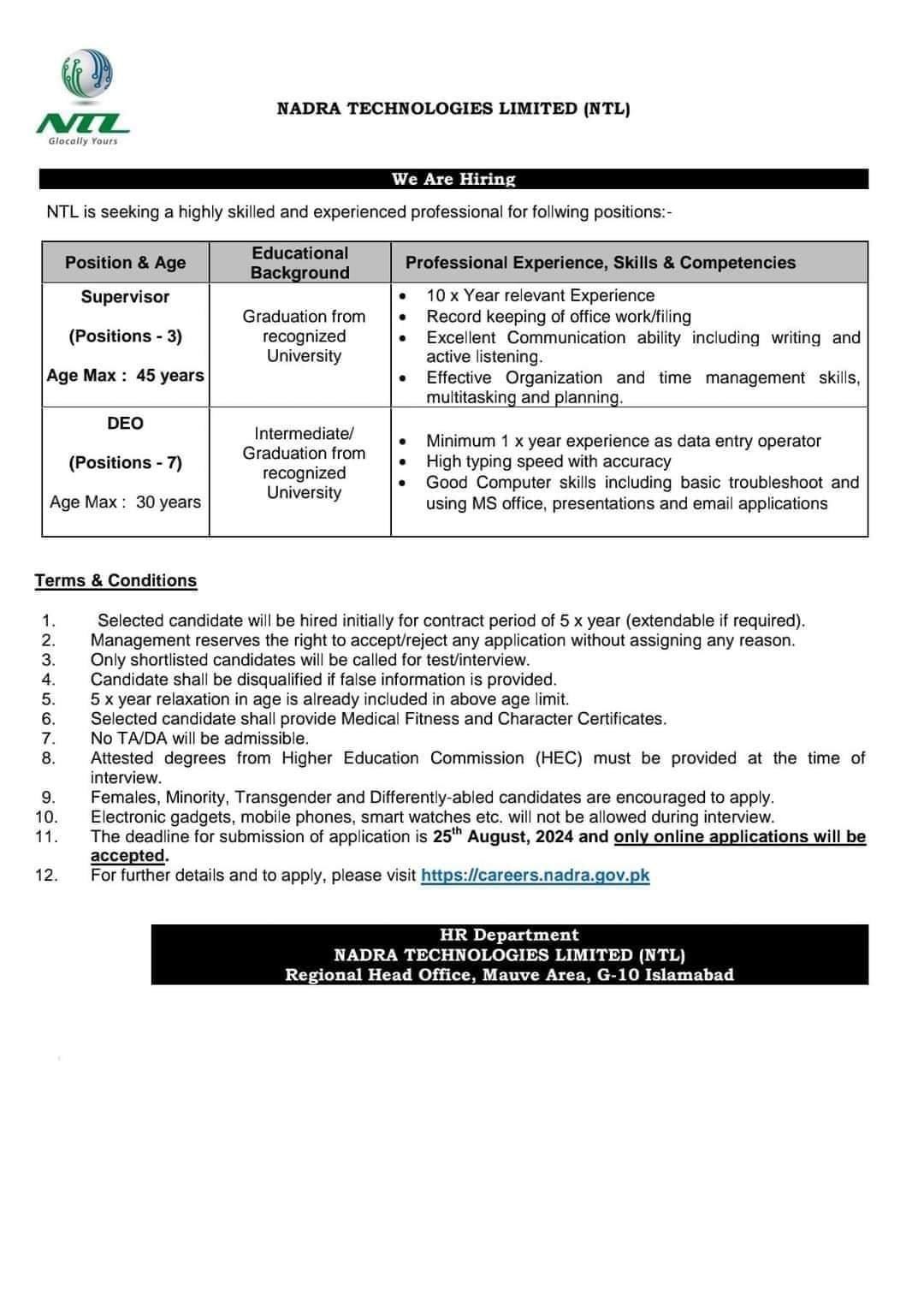Introduction
The allure of remote work is undeniable: flexible hours, comfortable workspaces, and the freedom to work from anywhere. However, this newfound flexibility can also lead to blurred lines between work and personal life, making it challenging to maintain a healthy work-life balance. In this guide, we’ll explore essential strategies to help remote workers create boundaries, stay organized, and avoid burnout.
Creating Clear Boundaries
- Designate a Dedicated Workspace: Establish a designated workspace that is separate from your living area. This physical separation can help you mentally transition between work and personal time.
- Set Specific Work Hours: Create a daily schedule with clear start and end times. Stick to your schedule as much as possible to avoid work encroaching on your personal time.
- Communicate Boundaries: Clearly communicate your work hours and availability to your colleagues and clients. This will help manage expectations and avoid feeling overwhelmed.
- Avoid Overwork: Be mindful of the amount of time you spend working. Set limits on your work hours and take regular breaks throughout the day.
Staying Organized and Productive
- Create a Daily or Weekly Plan: Use a planner or digital tool to organize your tasks and schedule. This will help you stay focused and prioritize your workload.
- Utilize Productivity Tools: Explore time management apps, project management software, and other tools that can help you stay organized and efficient.
- Set Realistic Goals: Break down large projects into smaller, manageable tasks. This will make them feel less overwhelming and help you track your progress.
- Take Regular Breaks: Schedule short breaks throughout your workday to rest and recharge. Activities like taking a walk, meditating, or stretching can help improve focus and productivity.
Preventing Burnout
- Prioritize Self-Care: Make time for activities that you enjoy and that help you relax. This could include hobbies, spending time with loved ones, or engaging in physical activity.
- Limit Screen Time: Excessive screen time can contribute to eye strain, headaches, and fatigue. Set limits on your screen time, especially before bed.
- Maintain a Healthy Lifestyle: Eat a balanced diet, get enough sleep, and stay hydrated. A healthy lifestyle can boost your energy levels and improve your overall well-being.
- Seek Support: If you’re feeling overwhelmed or stressed, don’t hesitate to reach out to friends, family, or a mental health professional for support.
Additional Tips
- Communicate Effectively: Maintain open communication with your team and manager to ensure that expectations are aligned and that you’re not taking on too much.
- Join a Remote Work Community: Connect with other remote workers to share experiences, advice, and support.
- Set Boundaries with Technology: Turn off work notifications during your off-hours and avoid checking work emails or messages outside of your designated work time.
By implementing these strategies, you can create a sustainable and fulfilling remote work experience. Remember, maintaining a healthy work-life balance is an ongoing process. Experiment with different techniques to find what works best for you and make adjustments as needed.






